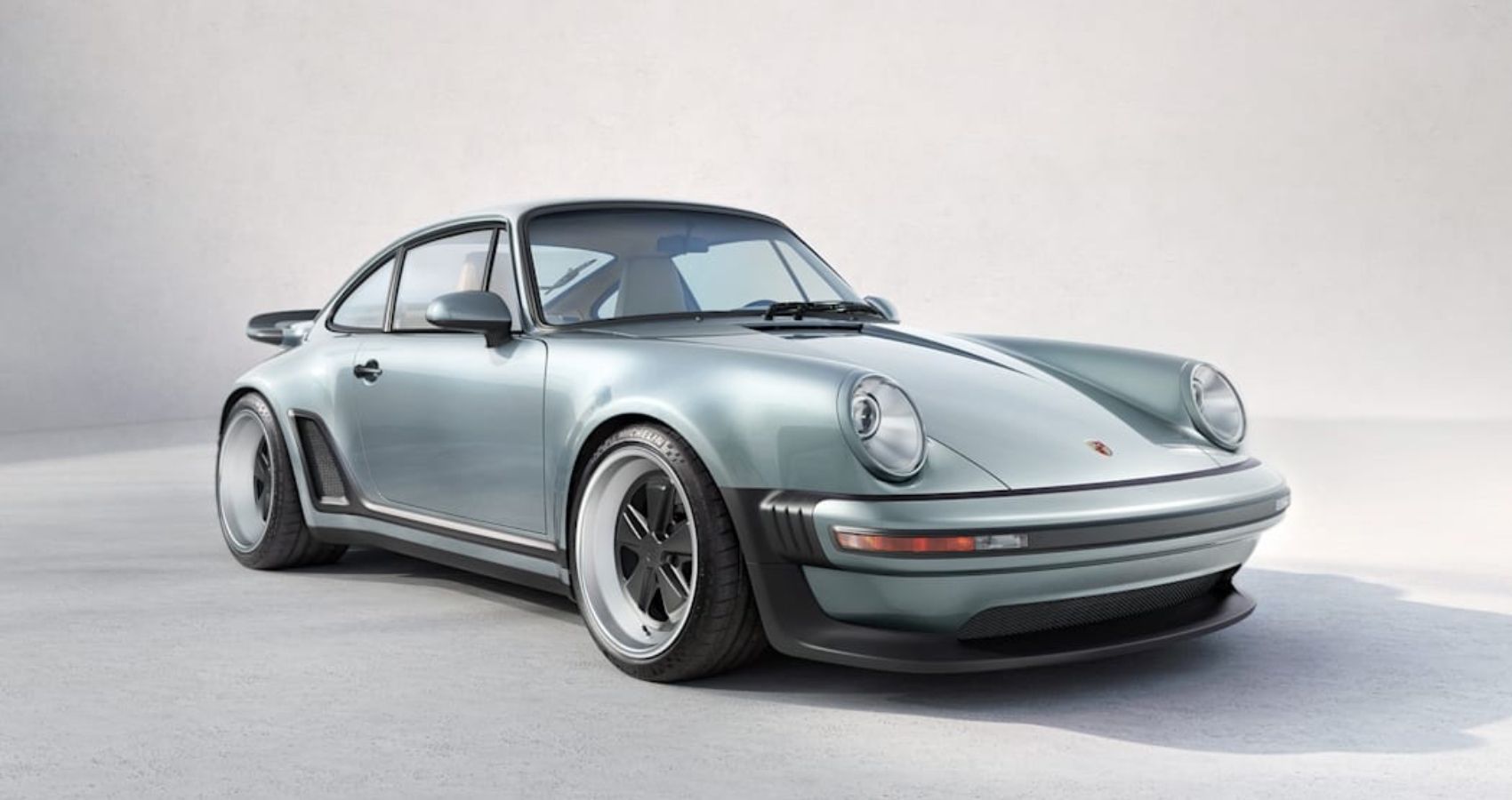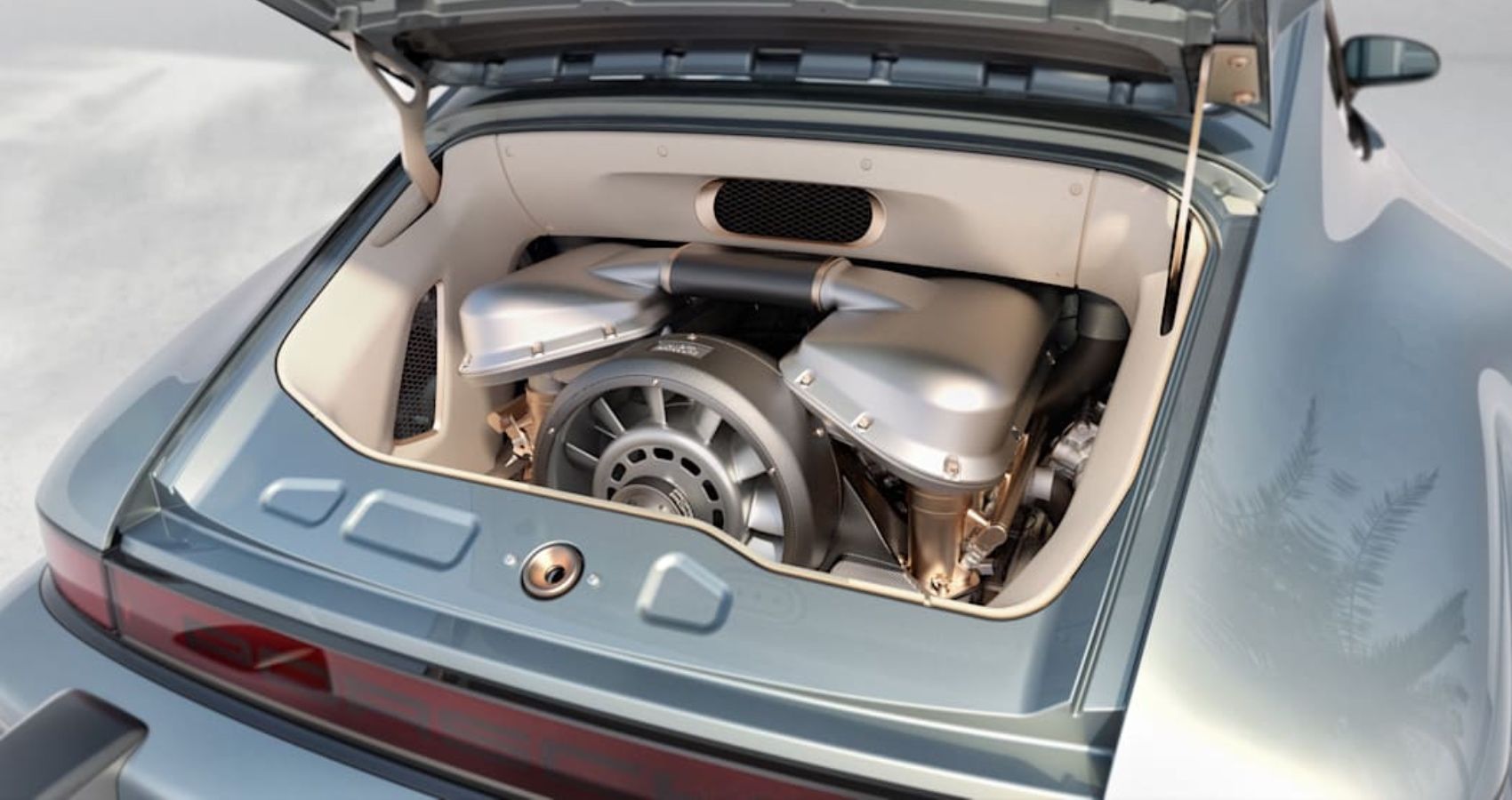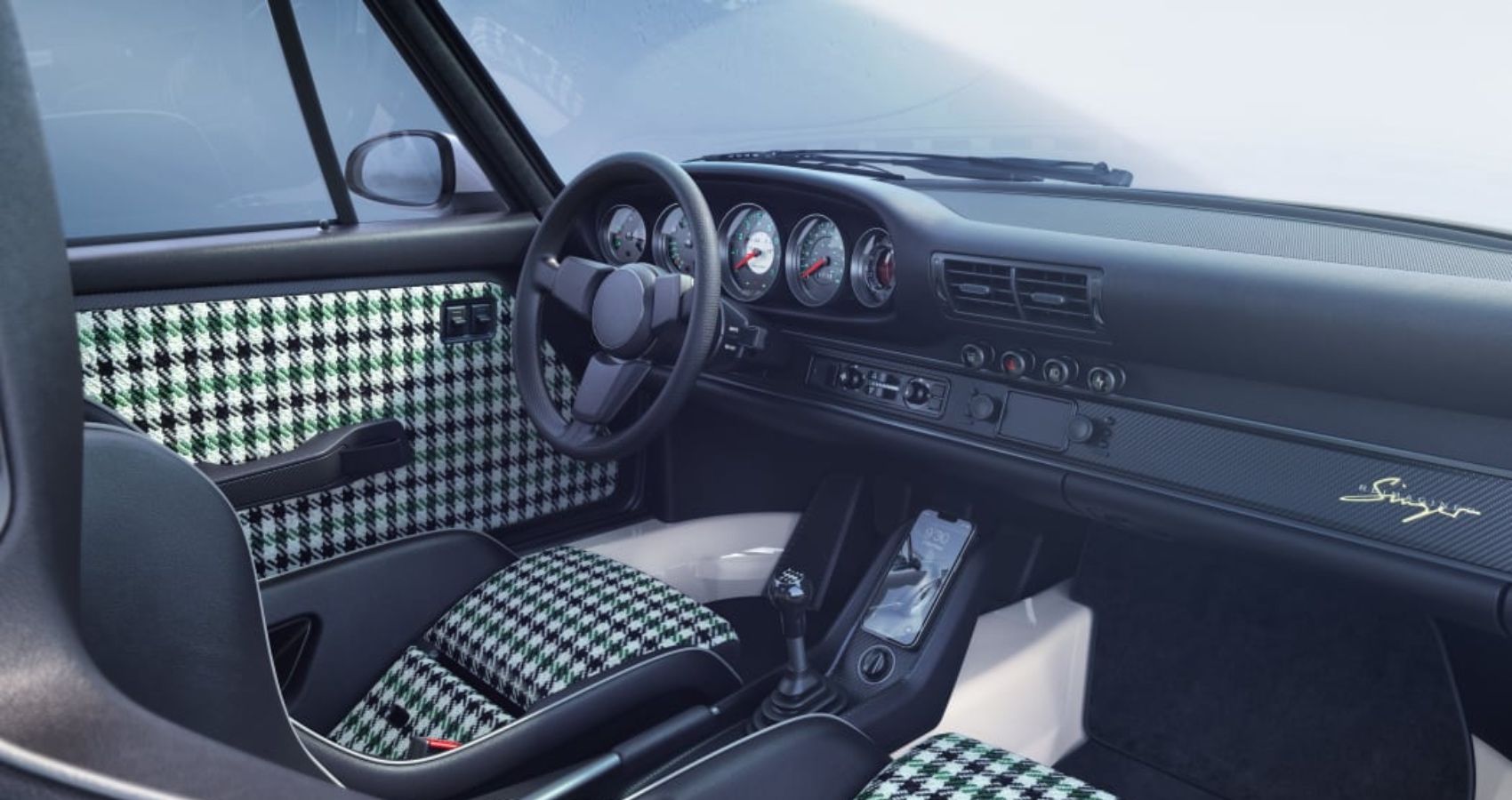For those who don’t know, Porsche started in 1948 with the now-iconic 356. And later on, rose to the top as a symbol for the rich and elite. That success story is largely credited to the 911 range, playing a huge role in cementing the brand’s identity.
We’d say the last proper Porsche 911 would be the Type 997. It’s small, analog, and just about does everything a Porsche should. Although the latest Type 992 Porsche 911 is the most sophisticated and downright fastest of them all, we think it’s shying away from what a 911 used to be.
But what if you want the best of both worlds? The style of a classic and the sophistication of a modern sports car? Enter restomods. Today’s motoring world is not afraid of ‘cutting and shutting’ an old car and installing modern components. That’s precisely what Singer’s been doing on classic Porsches for quite a while.
Here’s its latest creation, the Singer 911 Turbo Study. But before we take a look at the bespoke 911, let's briefly go over the Type 964, the model on which the Study is based.
Porsche 911 Type 964: An Icon From The Air-cooled Era
The OG 911 was launched in 1964 and used a 2.0-liter air-cooled flat-six pumping 130 horsepower. A four or five-speed transmission was available, and the 911 topped at 130 mph, which wasn’t bad for a sixties sports car. The flat-six went from 2-liter to 2.2-liter in 1969 and to 2.4 in 1971. However, it was the 1973 Carrera RS 2.7 that took the limelight with its 210 horsepower flat-six and iconic ducktail rear spoiler.
For 1974, Porsche gave the 10-year-old 911 a redesign. The G-series, as it was called by Porsche, became one of the most revered generations of the 911. The all-new 911 brought in a few innovations, with integrated headrests and 3-point seatbelts. But for 1975, bigger news came when Porsche debuted the 930 Turbo, when the company introduced turbocharging for its street car. It is considered a classic collector's item, with its “whale-tail” spoiler and a 260 horsepower 3.0-liter flat-six being notable features. At the time, the 930 Turbo was the fastest production car in Germany.
For 1989, the 911 saw a radical change with 85% new components and introduced all-wheel-drive in their Carrera 4. Also, this brought the 964 generation, which was, dynamically, a substantial improvement over its predecessor. Light alloy control arms and coil springs were used instead of the previous torsion-bar suspension.
The 964 brought a brand-new 3.6L NA six-pot engine, ABS, Tiptronic automatic transmission, power steering, airbags, and automatic rear spoilers. There were factory-turbocharged 964s too. The first 964 Turbo had a 3.3-liter turbocharged flat-six engine, while a few years later it featured a 3.6-liter version. But it's the naturally aspirated 964 that Singer’s been working its magic on.
Turbo Study: Porsche 911 (964) Reimagined By Singer
Up to this point, Singer was never really into turbocharged Porsches. Of course, the Turbo Study program changes that. What you’ll find under the rear hood is a twin-turbo 3.8-liter flat-six with a base output of 450 horsepower. Customers can, however, specify more power should they desire. Noticeable changes to the 964’s engine include an electric wastegate, and bespoke air-to-water intercoolers. On the body sides, what were once rear fender stone guards have been designed as proper air intakes.
A six-speed manual transmission is standard, but customers do have the option of either rear-wheel drive or all-wheel drive. Improved refinement is another claim by Singer, and there is the option of a sports exhaust should you find things too muted. As for interior appointments, you can option power-adjustable/heated seats and cruise control.
There are elements like the Houndstooth seat inserts and Fuchs wheels that hark back to Porsches of yesteryear. Keeping it in line with the bespoke artistry found in modern-day Paganis, Singer’s carbon fiber exercise extends to pretty much all the body panels, while the whale-tail spoiler brings in old 930 vibes.
The latest reveal has the car in a Turbo Racing White paint job with light green dual stripes running over the center of the body. Also, the new Turbo Study has 510 horsepower, as opposed to 450 from the previous Study. This newer model also has bespoke touches like painted sills and a transmission tunnel finished in Turbo Racing White. The latest reveal features sports-calibrated suspension and the optional carbon-ceramic brake package.
Singer has just revealed that the Turbo Study will cost $750,000. Judging by its exclusivity and high levels of personalization, we reckon prices could reach even higher. The sky’s the limit when you have deep pockets.
Sources: Singer, Porsche





